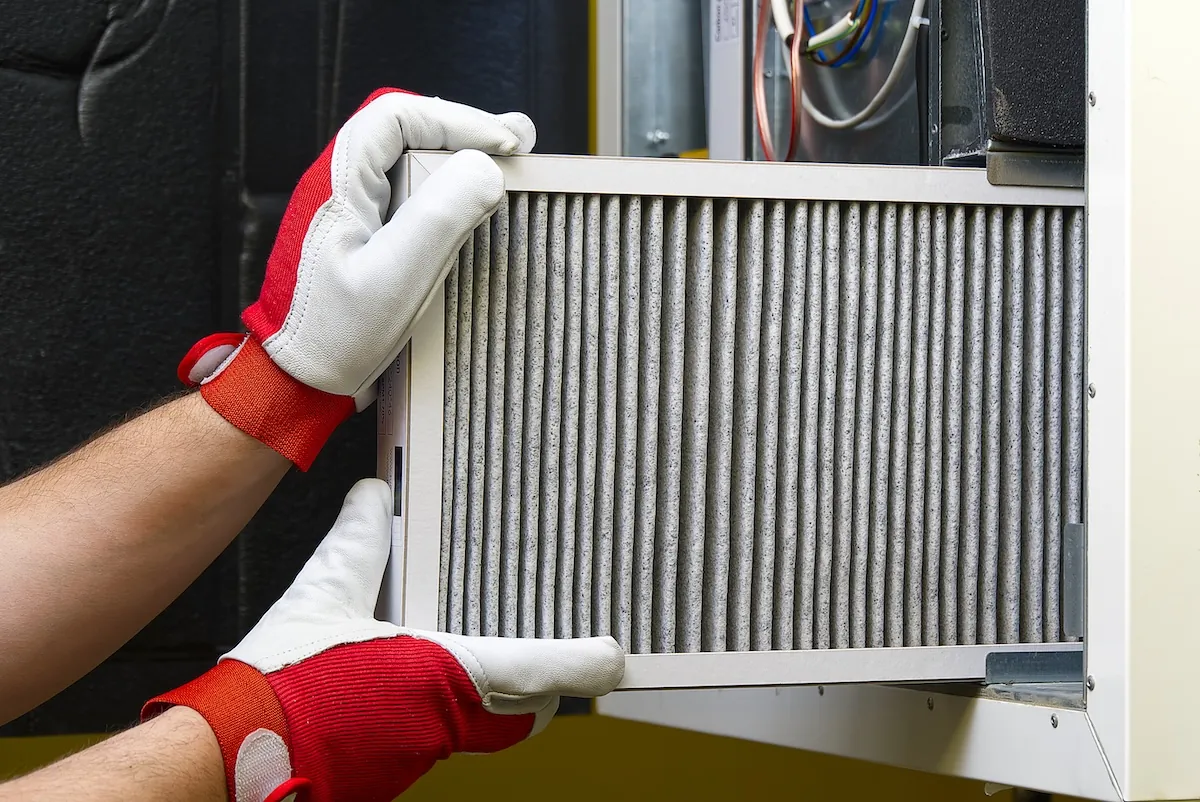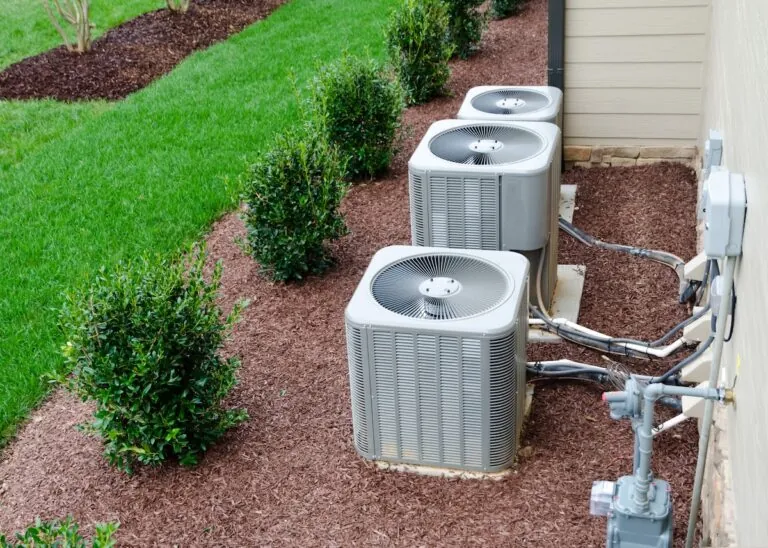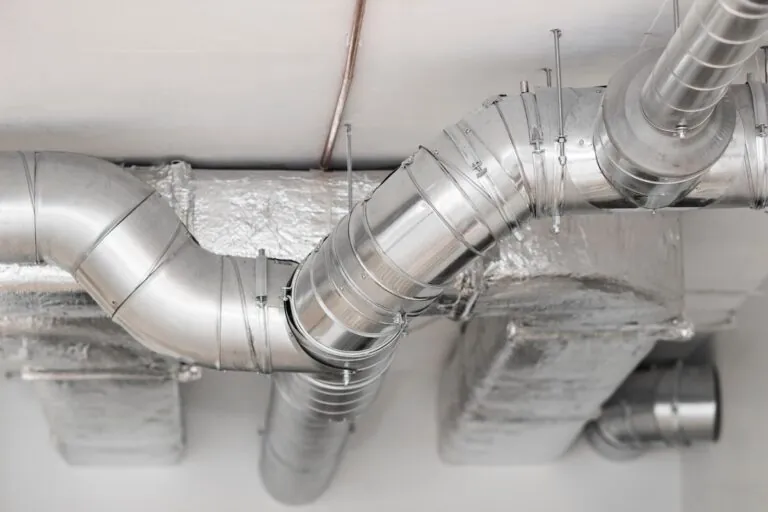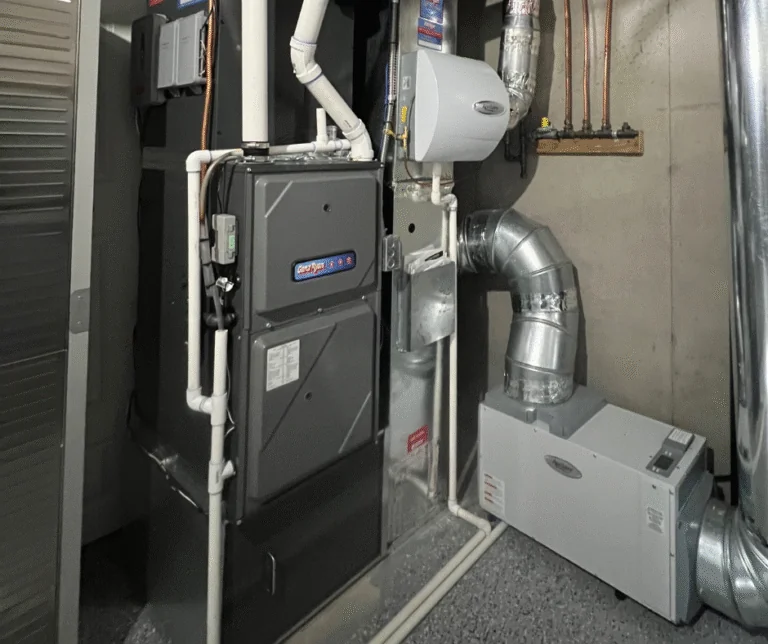“Changing furnace filter” is often searched. But did you know it is one of the easiest ways to improve efficiency, extend the life of your HVAC system, and save money on energy bills. Despite being a quick and inexpensive task, many homeowners overlook it until problems arise. With a little routine attention, you can protect your furnace and keep your home comfortable all season long.
- Better air quality: A clean filter captures dust, pollen, and other airborne particles before they circulate through your home.
- Lower utility bills: Clean filters reduce strain on your system, helping it run efficiently and use less energy.
- Longer system lifespan: Regular filter changes prevent unnecessary wear and tear on your furnace.
💨 Why Changing Your Furnace Filter Matters
Your furnace filter is designed to trap dust, dirt, pet hair, and other debris. Over time, it becomes clogged, which restricts airflow. When airflow is blocked, your furnace has to work harder to heat your home, leading to higher energy bills and increased risk of breakdowns.
For homeowners in Eagan and surrounding areas, where furnaces work overtime during long Minnesota winters, staying on top of filter changes is essential. A fresh filter helps your system deliver steady warmth while also keeping indoor air cleaner for your family.
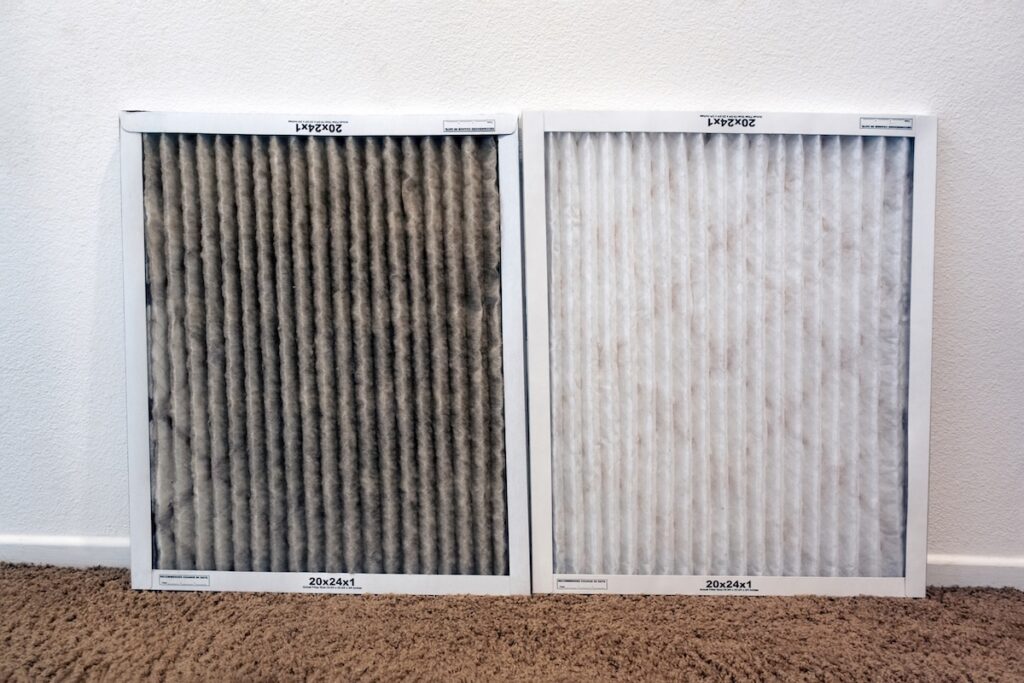
🗓️ How Often Should You Change the Filter?
The right frequency depends on your household and filter type, but a good rule of thumb is to change it every 1 to 3 months. If you have pets, allergies, or a larger household, you may need to replace it more often. Higher-efficiency filters also need more frequent changes because they trap more particles.
Checking your filter monthly is the simplest way to stay ahead. If it looks gray or clogged with dust, it’s time for a replacement.
✅ 5 Simple Steps to Change a Furnace Filter
Changing a furnace filter doesn’t require special tools or professional training. Here’s how to do it in five quick steps:
- Turn off the furnace: Shut off your furnace before you begin to ensure safety while working.
- Locate the filter: Find the filter slot, typically near the return air duct or blower compartment.
- Remove the old filter: Slide out the old filter carefully to avoid releasing dust and debris.
- Check the size: Look at the dimensions printed on the frame to make sure you buy the correct replacement.
- Insert the new filter: Slide in the new filter, following the airflow arrows printed on the side, and turn your furnace back on.
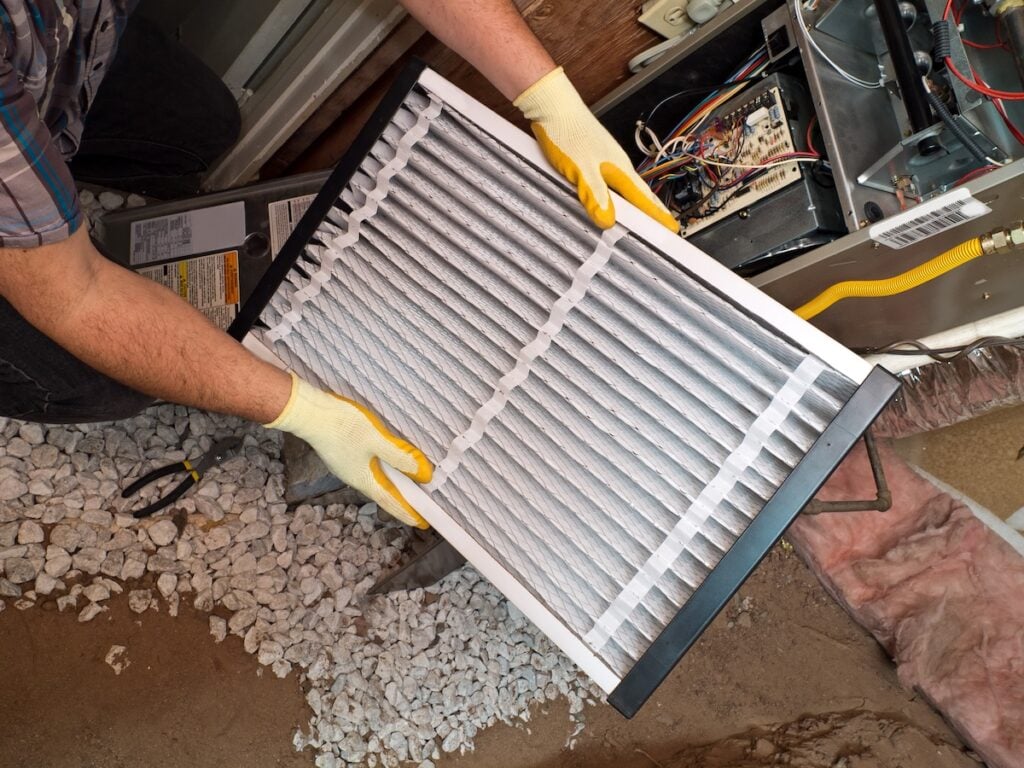
❗️ Common Mistakes to Avoid When Changing Furnace Filters
While the process is simple, there are a few mistakes that can reduce the benefits of a new filter.
- Using the Wrong Size: Filters come in many sizes, and using the wrong one can lead to gaps that let dust bypass the filter. Always check the dimensions printed on the frame before buying a replacement.
- Forgetting to Check Monthly: Even if your filter has a 3-month lifespan, it’s important to check it monthly. Factors like pets, dust, or home renovations can clog it faster than expected.
- Installing It Backwards: Every filter has arrows to show the correct airflow direction. Installing it backwards can restrict airflow and reduce efficiency.
⭐️ Benefits of Regular Filter Replacement
Replacing your furnace filter is a small task with big rewards.
- Improved Indoor Air Quality: A clean filter keeps dust, pollen, and other particles out of your home’s air supply. This is especially helpful for households with asthma or allergy concerns.
- Lower Energy Bills: When your furnace doesn’t have to push air through a clogged filter, it uses less energy. This translates to monthly savings on your utility bills.
- Fewer Repairs: Regularly changing the filter prevents dust buildup inside the system, reducing wear on important parts like the blower motor and heat exchanger.
👉 Signs It’s Time for a New Filter
Sometimes, you’ll notice signs that your filter needs replacement before you even check it. Watch out for these warning signals:
- Dusty air: More dust on furniture or floating in the air means your filter isn’t catching particles.
- Reduced airflow: If rooms feel stuffy or airflow is weak, your filter may be clogged.
- Higher bills: A sudden rise in heating costs often indicates a furnace working harder than normal.
- Increased allergies: If your family experiences more allergy symptoms indoors, it may be due to a dirty filter.
In Eagan homes, these signs can become noticeable quickly, especially during the peak heating season.
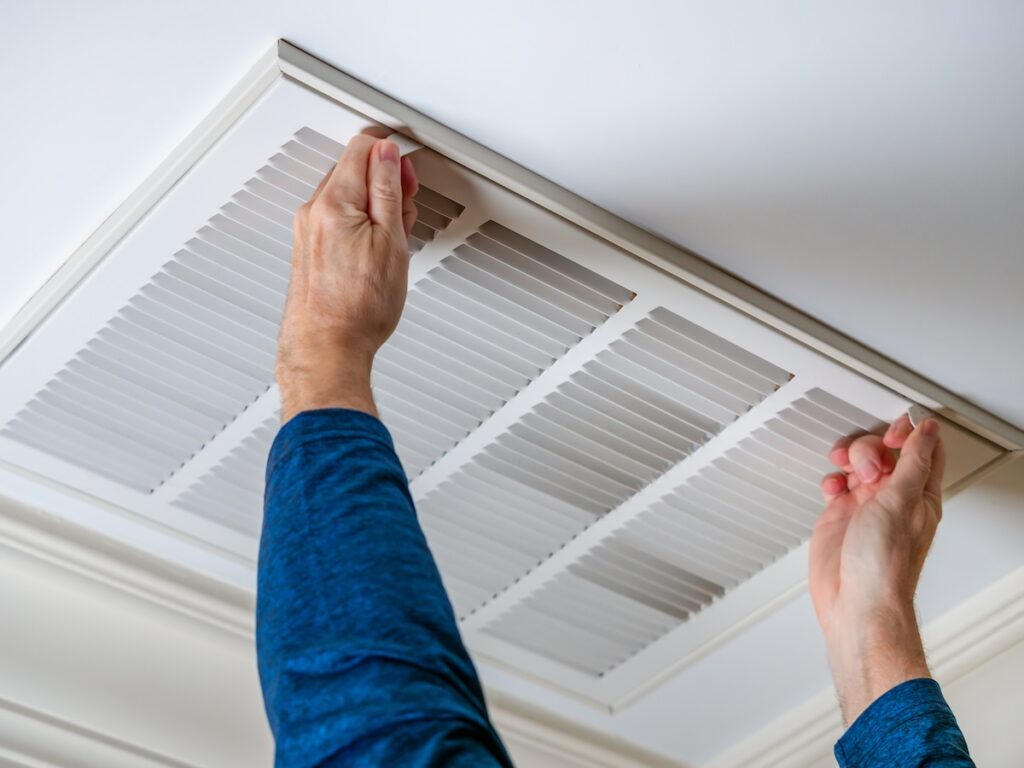
🛠️ Professional Help vs. DIY Filter Changes
Most homeowners can handle changing furnace filters on their own, but there are times when it makes sense to call a professional. A technician can recommend the right filter type for your system, especially if you have concerns about indoor air quality. They’ll also inspect your furnace during a tune up to ensure everything else is running efficiently.
For busy families in Eagan and surrounding areas, adding filter replacement to your annual furnace maintenance plan can make the process even easier.
💵 Save Money and Protect Your Furnace
Changing furnace filter is a small but powerful step in protecting your heating system, lowering energy costs, and improving the air you breathe. By following a simple replacement routine, you can avoid costly repairs and keep your furnace running at peak efficiency throughout Minnesota’s coldest months.
Genz-Ryan has been helping Eagan homeowners with furnace maintenance and repairs for years. Whether you need professional guidance or want to schedule your next furnace tune up, our team is here to help. Contact us today for expert service and a free quote on keeping your furnace in top shape.



